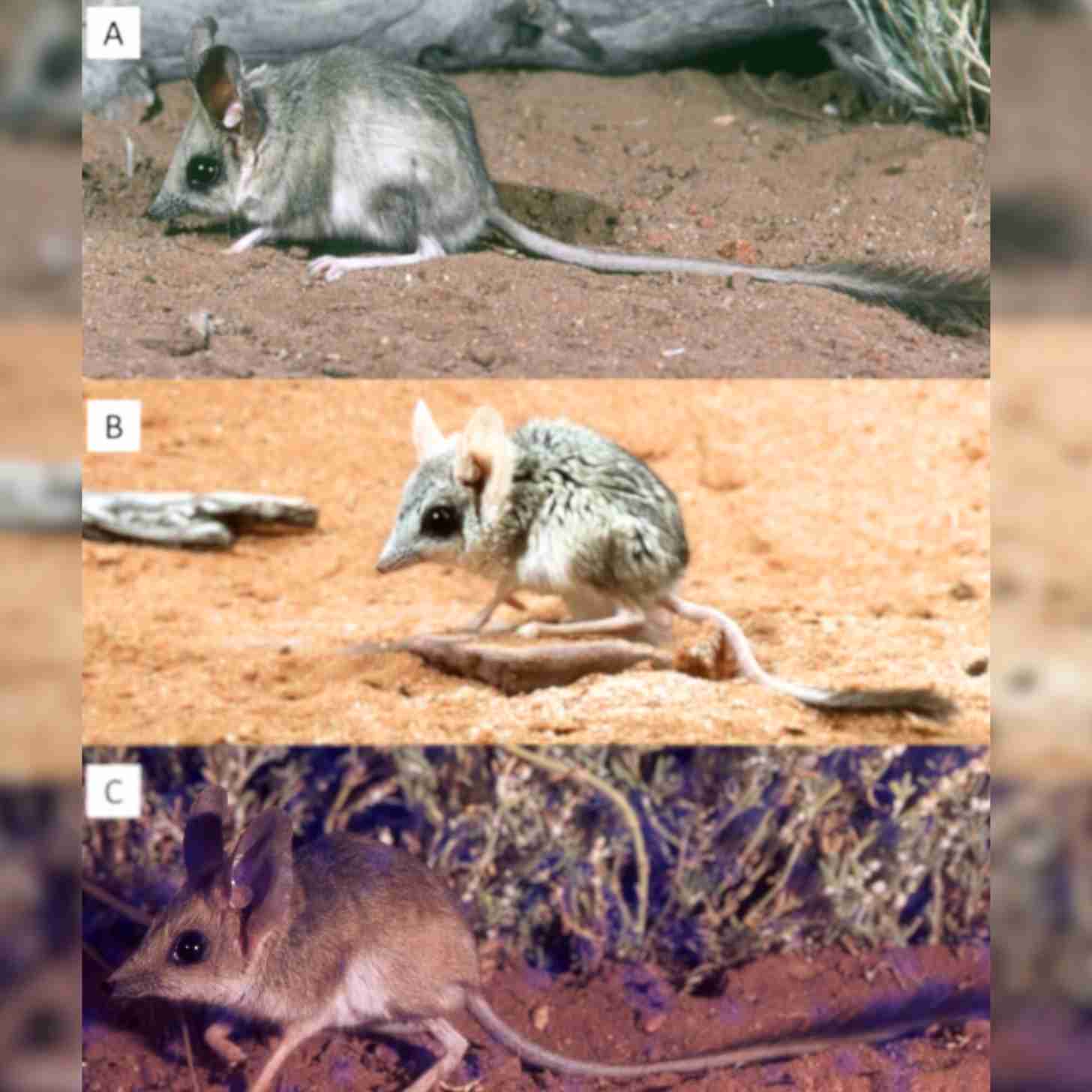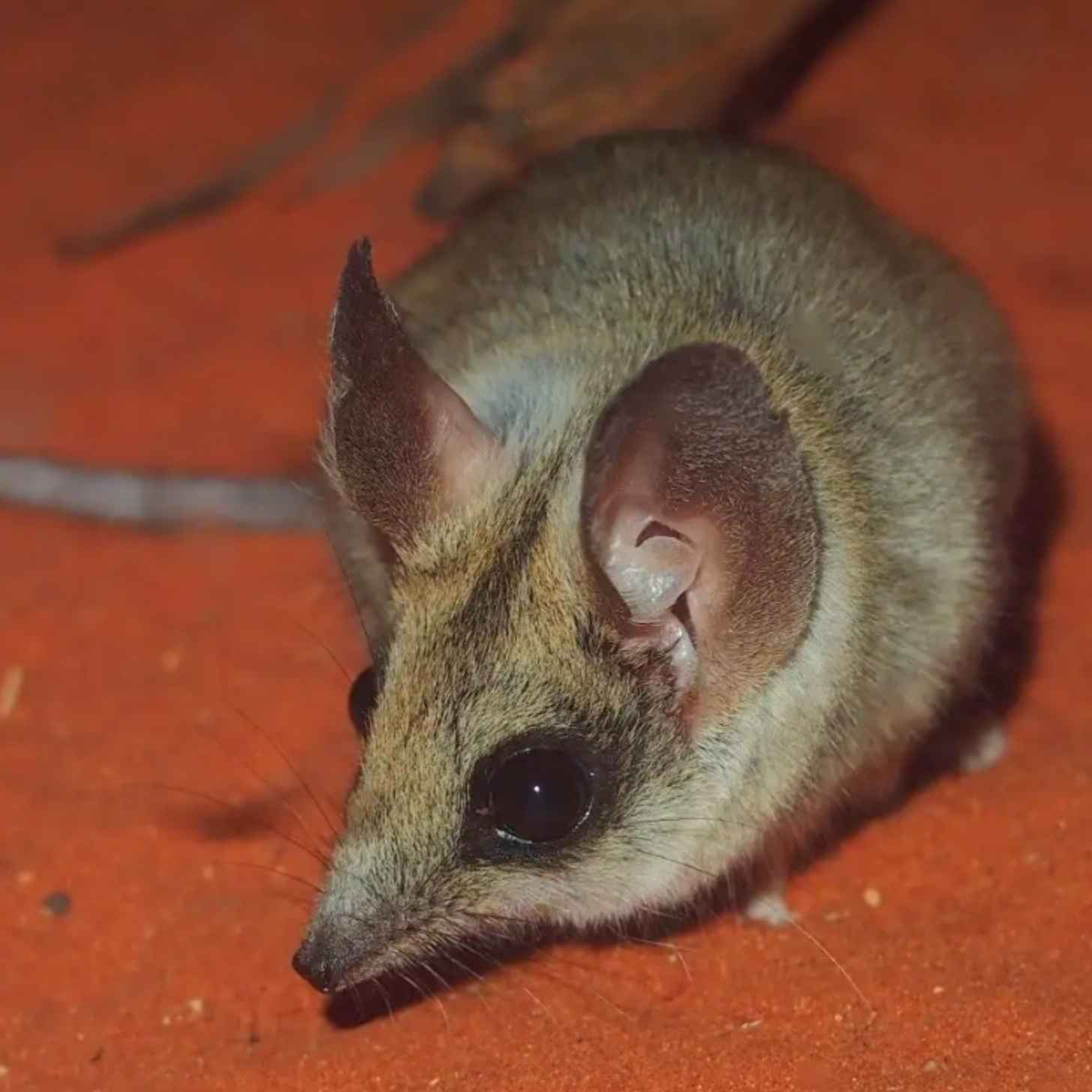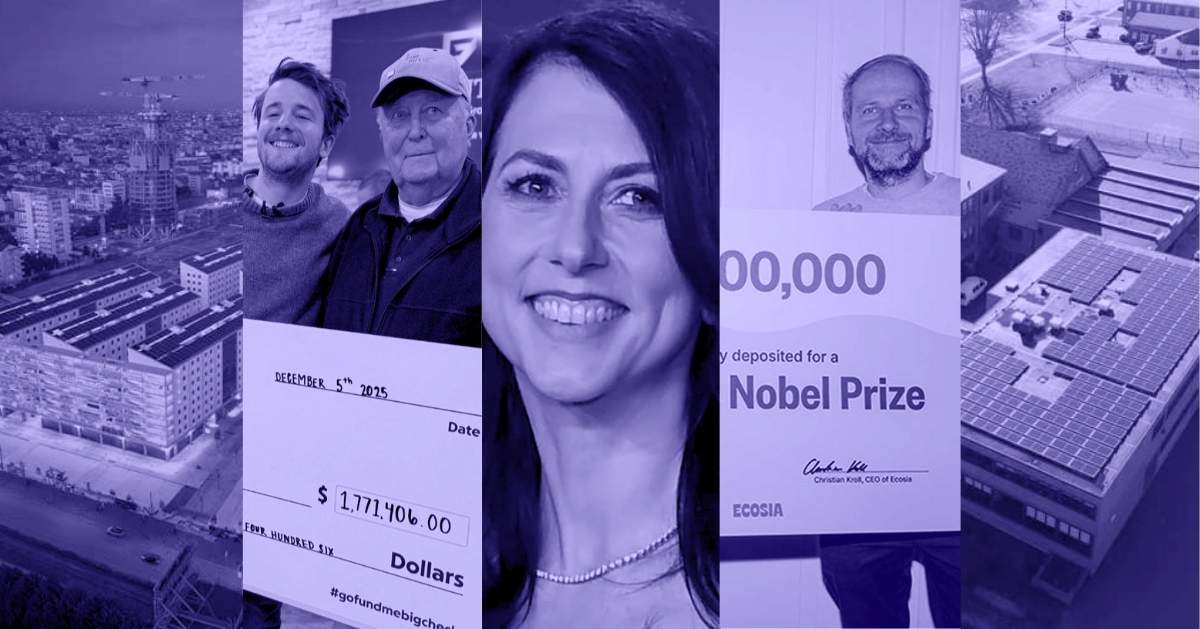On June 26, researchers from the University of Western Australia solved a giant mystery surrounding a very tiny creature.
In a study, published in Ecology and Evolution, the research team released findings on two new species of kultarr (“cool-tar”), a carnivorous marsupial.
“Prior to this study, Antechinomys was considered to contain two species: A. laniger and A. longicaudatus,” wrote Cameron Dodd, lead author and a PhD student from UWA’s School of Biological sciences.
“With the description of A. auritus and resurrection of A. spenceri, A. laniger is now recognized as a species complex comprising three distinct taxa.”
In the study, Dodd and his colleagues identified the three unique species by examining the genetic makeup of museum specimens.
Now, the gibber kultarr (A. spenceri) of central Australia and the long-eared kultarr (A. auritus) of the Western Australia outback join the eastern kultarr (A. laniger) in taxonomic record.
All three of the specimens share similar characteristics, from their rounded ears and mouse-like faces to their long tails that taper off like paintbrush tops.

“At a glance, kultarr look very similar to hopping mice or jerboas, with very long legs for hopping and a long tail with a brush on the end,” Dodd told the University of Western Australia.
“However, they are ferocious predators — if you are an invertebrate — and bound with all four legs rather [than] the two-legged hop seen in hopping mice or kangaroos.”
Kultarrs, which are also known as the wuhl-wuhl and pitchi-pitchi, typically grow to 20cm in length (with their tail accounting for more than half of their body length).
The nocturnal marsupials, which eat cockroaches, mealworms, and crickets, are vital to helping regulate local insect populations in arid regions across Australia.
When it comes to conserving these pint-sized creatures, Dodd and his colleagues requested that local agencies revisit the kultarr’s endangered status.

“Antechinomys laniger [the eastern kultarr] is currently listed as endangered in New South Wales, but it is not listed federally,” Dodd told the UWA.
“Following the taxonomic revision presented here, the conservation status of A. laniger will need to be reassessed to consider its updated and much reduced distribution,” he said, adding that the two new species should also be evaluated for their conservation status.
Although contemporary data is needed, it has been estimated that 40% of Australia is untouched wilderness, an area comparable in size to the Amazon rainforest and Antarctica.
To date, roughly 100,000 animal species have been discovered in Australia and classified in taxonomic records.
Experts believe that over 200,000 species have yet to be identified.
“A lot of people don’t realise that Australia still has many new mammal species that still haven’t been formally discovered and described,” Dodd said.
“Taxonomic research is essential if we are to correctly inform conservation — if we don’t know all of the species that exist, we can’t know which need the most help.”
Dodd asked: “Who knows what other mammalian wonders await discovery in Australia’s remote regions?”
Header image via Boudewijn Huijgens / GetArchive (CC0 1.0)



